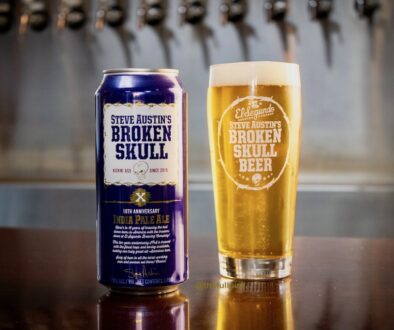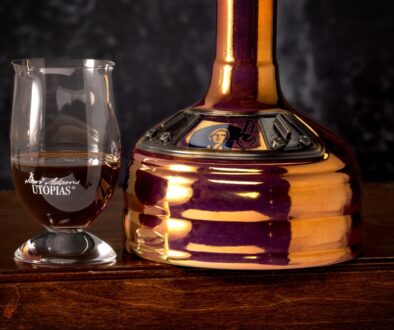Breweries: Small, Established, Family-Owned, and from Classic Brewing Regions
![]() A beer brand is a shortcut to flavor. You see the label or the tap handle, and you can associate aroma, flavor, body; then you can decide if that’s what you feel like drinking right now.
A beer brand is a shortcut to flavor. You see the label or the tap handle, and you can associate aroma, flavor, body; then you can decide if that’s what you feel like drinking right now.
In the current beer world, brands are useful for that reason and also because of the extra information that comes from a brand identity: who is the entity that brewed it? How long have they been brewing beer? Where are they located? How big are they? What other varieties do they produce? Are they considered traditional by peer breweries, or are they considered innovative? Did they buy another brewery, did they get bought by another brewery; did they merge with another brewery? Do they market their beer via flavor, or via lifestyle? Is the beer cheap or expensive? Are they a privately operated entity, or are they part of a corporation that operates a number of breweries?
So at second glance, a beer brand is a shortcut to flavor as well as a lot of other information about the beer & brewery. Beer drinkers are interested in more than just the flavor of the beer, so breweries put a lot of effort, sweat and money into brand identity – that is, flavor plus associated info. In fact, one could even assert that breweries feel they need to add a lot more to a beer brand than the flavor alone.
And interestingly enough, breweries and beer marketers seem to think that there are some brand details worth emphasizing and others that should be hidden. Are they right?
Brewery history and location: “old” and “established” clearly are a plus: if folks have been drinking a beer for many years, maybe that proves that somebody likes it. It’s rare for a brewery to exaggerate age in a downwards direction. Likewise, a location in a region famous for brewing has long been one of a brewery’s assets. Samuel Smith’s Yorkshire location (northern England) is famous for brown ales and pale ales; Lindemans is located in the only place lambics can be produced – Belgium’s lambic region; Ayinger is located in the home of Bavarian specialties like weisse beer and dunkel.
Brewery size: apparently, small is desirable in a brewery. Many very large breweries and conglomerations of breweries release beers that have no mention that they are produced by a larger entity. Small breweries generally are proud to mention their size – some certainly even fell that they can control their quality better at a relatively small size. Many craft and regional brewers state that they do not want to keep growing forever.
Innovation and Tradition: Large brewing entities seem to focus innovation on packaging & marketing: aluminum cans, scratch-off labels, wonderfully creative media ads, light-up tap handles, nitrogen widgets, sponsorships, tricky promotional items, and the biggest innovation in the beer business ever – light beer. But all breweries – tiny to large – seem to agree that both innovation and tradition are both plusses when it comes to beer flavor – that’s what the cans, the labels, the ads, the taps, and the promotional items usually talk about. The biggest difference appears to be that the larger a brewery is, the less their beer flavor is either innovative or traditional – their innovation resides in their marketing. Small breweries have fewer marketing and packaging tools, typically having only innovative beer flavors and traditional beer styles. They get the message out by hand-selling and by consumer word-of-mouth, and by letting the flavor speak for itself. (Sometimes their importer sends out an e-news once in a while, too.)
Brewery ownership: On paper, a large corporation that owns a number of breweries can offer many advantages. They can get economies of scale throughout the production and distribution chain; they can spend more on advertising; they can offer specialization, advancement and relocation to their employees; they can offer cooler incentives to help sell beer; they have access to physically larger markets; they have a better negotiating position with their suppliers and customers. And at some point, a large corporation might have the option to become a public company, maybe even making their owners and managers rich. Is there a point where huge size actually impacts the flavor of beer? Well, not necessarily . . .
Whew! Every one of the breweries represented by Merchant du Vin is privately owned, by a family or by a Trappist abbey; every one is located in a classic brewing nation that holds a deep & rich beer heritage: England, Scotland, the Czech Republic, Belgium, and Germany. We’re proud that our portfolio covers just about all the traditional, classic styles of beer known to the world. Our youngest brewery, Green’s – innovative gluten-free Belgian ales – was established in 2004, but our second-newest brewery is Ayinger, est. 1878. Size? The ten breweries we import are growing in sales, but all together they are still a tiny fraction of US beer volume.
But really, we’re more interested in beer flavor.



